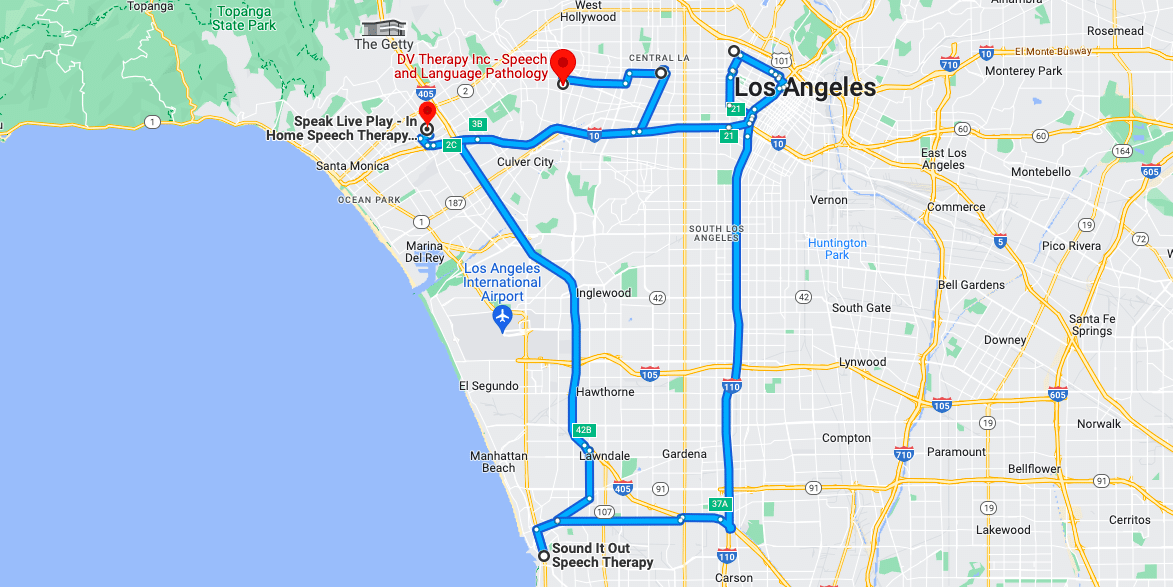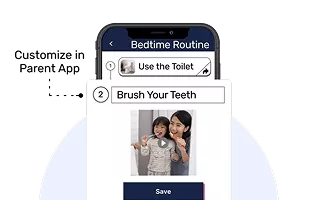Jake, a 7-year-old with autism, struggled with social interactions at school. His speech therapist set pragmatic language goals to help him improve his skills:
- Greeting others: Jake practiced saying “hi” and “bye” to his classmates and teachers.
- Taking turns: In conversation and games, Jake worked on waiting for his turn to speak or act.
- Staying on topic: His therapist used visual supports to help Jake maintain relevant comments during discussions.
- Recognizing emotions: Jake learned to identify and respond appropriately to others’ facial expressions and tone of voice.
With consistent practice and support, Jake made progress in his pragmatic language skills, leading to more successful social interactions at school.












